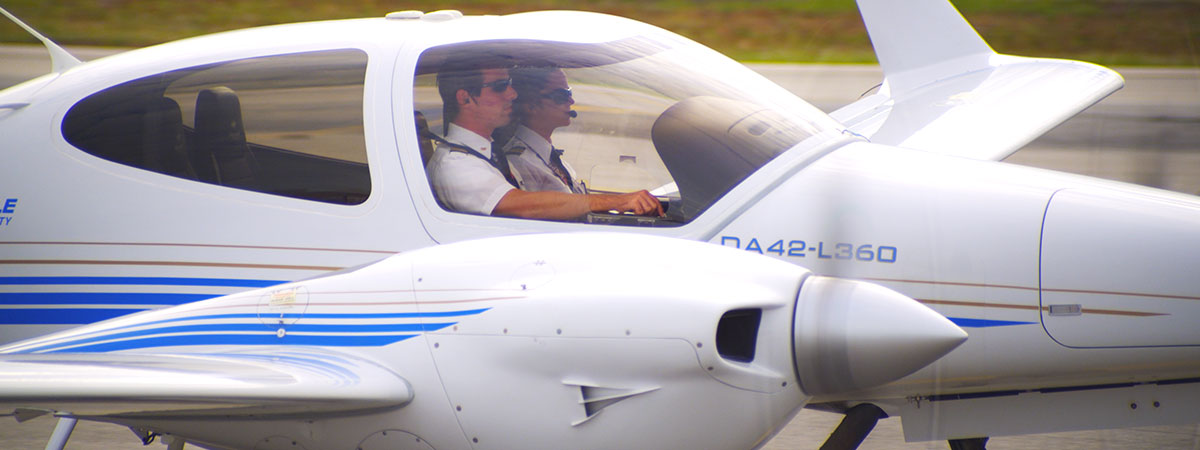Cockpit Interactions and the Evolution of Pilot Monitoring Concept
Faculty Mentor Name
Cass D. Howell, Ed.D.
Faculty Mentor's Email Address
howellc@erau.edu
Abstract
Recent analysis show an increase in Loss of Control-inflight (LOC-I) as well as Controlled Flight into Terrain (CFIT) events, both of which could potentially be preventable by identifying and mitigating threats early on. Human nature makes it difficult to avoid errors in a cockpit. In this context, it has been discussed that effective monitoring can be, in many occasions, the only effective barrier to stop an chain of events, and prevent an accident. In this regard, it appears crucial to re-think the approach to monitoring training and reput the human entity at the core of the safety system. Major actor of the aviation industry have recently gathered (2013 Conference, Royal Aeronautical Society) to share thoughts and methods to better incorporate the Pilot Monitoring (PM) function in crewmembers workflow. It is now considered crucial to promote monitoring as equally important as other functions on board. NASA is conducting research on underlying human factors of the PM role and Airlines have started to push toward a greater implication of the Monitoring role in training scenarios. The incorporation of the Active Monitoring Concept and the development of monitoring skills training to be implemented during Line-Oriented Flight Training are examples of evolution. This paper will present the latest trends in PM training and identify some actions taken by the industry to enhance aviation safety in the future through enhanced monitoring.
Location
College of Aviation Atrium, Daytona Beach Campus
Start Date
30-11-2015 3:49 PM
End Date
30-11-2015 3:59 PM
Cockpit Interactions and the Evolution of Pilot Monitoring Concept
College of Aviation Atrium, Daytona Beach Campus
Recent analysis show an increase in Loss of Control-inflight (LOC-I) as well as Controlled Flight into Terrain (CFIT) events, both of which could potentially be preventable by identifying and mitigating threats early on. Human nature makes it difficult to avoid errors in a cockpit. In this context, it has been discussed that effective monitoring can be, in many occasions, the only effective barrier to stop an chain of events, and prevent an accident. In this regard, it appears crucial to re-think the approach to monitoring training and reput the human entity at the core of the safety system. Major actor of the aviation industry have recently gathered (2013 Conference, Royal Aeronautical Society) to share thoughts and methods to better incorporate the Pilot Monitoring (PM) function in crewmembers workflow. It is now considered crucial to promote monitoring as equally important as other functions on board. NASA is conducting research on underlying human factors of the PM role and Airlines have started to push toward a greater implication of the Monitoring role in training scenarios. The incorporation of the Active Monitoring Concept and the development of monitoring skills training to be implemented during Line-Oriented Flight Training are examples of evolution. This paper will present the latest trends in PM training and identify some actions taken by the industry to enhance aviation safety in the future through enhanced monitoring.

